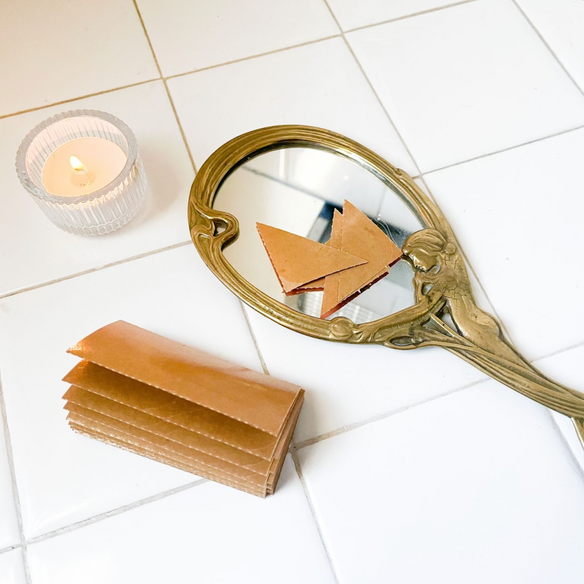
From Single-Use to Sustainable: Botnia’s Commitment to Reducing Plastic Waste
What’s your relationship with plastic? Short lived, or long lasting?
As a country, we have a pretty terrible relationship with plastic, specifically single-use plastic. Some places worldwide are beginning to recognize the harm of single-use plastics and implementing laws to ban these materials, but it’s not enough. To understand why this is a problem, we must first learn what plastic is and why it’s so difficult to dispose of it.
What’s plastic made of?
Traditional plastics are synthetic materials made from natural materials like fossil fuels such as petroleum, natural gas, coal, salt, and cellulose. The most common type of plastic is polyethylene terephthalate (PET) plastic which is usually petroleum-derived. Natural materials (crude oil and natural gases) are extracted from the earth and sent to factories where they can be turned into plastics using energy and water to change the chemical composition of the materials. Natural materials are broken down into small molecules called monomers, then linked together through a chemical reaction that bonds monomers together to make polymer chains. As these polymer chains form, they create a substance called a resin which can be molded into different shapes to create consumer products. This is how plastic is created. You can find a fun video of the plastic creation process here.
So if they’re made from natural materials, why is it so hard for plastics to break down?
Because we created a new molecule that doesn’t naturally come from the Earth, these polymer bonds aren’t recognized by microorganisms that normally help to break down biodegradable material - think fungi, bacteria, and creatures like insects and worms (invertebrates consume both living and nonliving things as food).
This is why it can take hundreds of years for plastic to decompose naturally in our world.
Our commitment to forever plastics
If we know that plastics are forever, we can change our relationship with the way we use plastics in our lives: Keep your plastic around for as long as possible!
If we dismiss plastics for single-use, we can lengthen the life of plastics and keep them out of our landfills and find ways to reuse them over and over again.
Right now, we have a few products (we’re looking at you, foaming cleansers and body products) still housed in plastic, and our pump tops and caps are plastic as well. To combat this, we offer aluminum refills so that you can refill your plastic foamer bottles over and over again.
Conscious consumers will be excited to learn that in May, our new packaging will be fully sustainable with 100% plastic-free options! We’re doing our part to reduce waste in the industry by eliminating the need for plastic to begin with.
Know your plastic codes for recycling
So which types of plastic are recyclable? If you look at the bottom of a plastic bottle, you’ll usually find the recycling icon with a number inside indicating the type of plastic that was used to create that bottle.
Highly recyclable: Plastics with #1 or #2 are made of PETE (polyethylene terephthalate) or HDPE (high density polyethylene) and are easily recyclable. These are your soda or water bottles, microwaveable food trays, household cleaning bottles, and some personal care bottles.
Semi-recyclable: #3 PVC (polyvinyl chloride), #4 LDPE (low-density polyethylene), #5 PP (polypropylene) plastics are not always recyclable at all locations. While these types of plastics can be recycled, they are less likely to be recycled than #1 or #2 plastics.
Non-recyclable: #6 PS (polystyrene) and #7 (other miscellaneous plastics) are the least likely to be recycled because they break apart so easily. Polystyrene has been researched to potentially be harmful to humans and animal life so it’s best to avoid these completely if possible since it’s derived from styrene, a human carcinogen. These are your styrofoam take out and single-use containers or egg cartons.
We hope this guide helps you further understand which types of plastics can be recycled and which ones to consume over more harmful plastics.
The bottom line is that our relationship with plastic needs to change. We hope our commitment to bringing you sustainable options will help you commit to changing your relationship with plastic for the better. Rethinking the idea that plastics are forever by keeping plastic in your life for as long as you can, keeping them out of landfills, and reducing the impact on our environment. As consumers, we can make a difference by choosing sustainable alternatives and supporting companies that are committed to reducing waste. Thank you for joining us in moving the needle toward a more sustainable future for our planet!
Xo, Botnia













